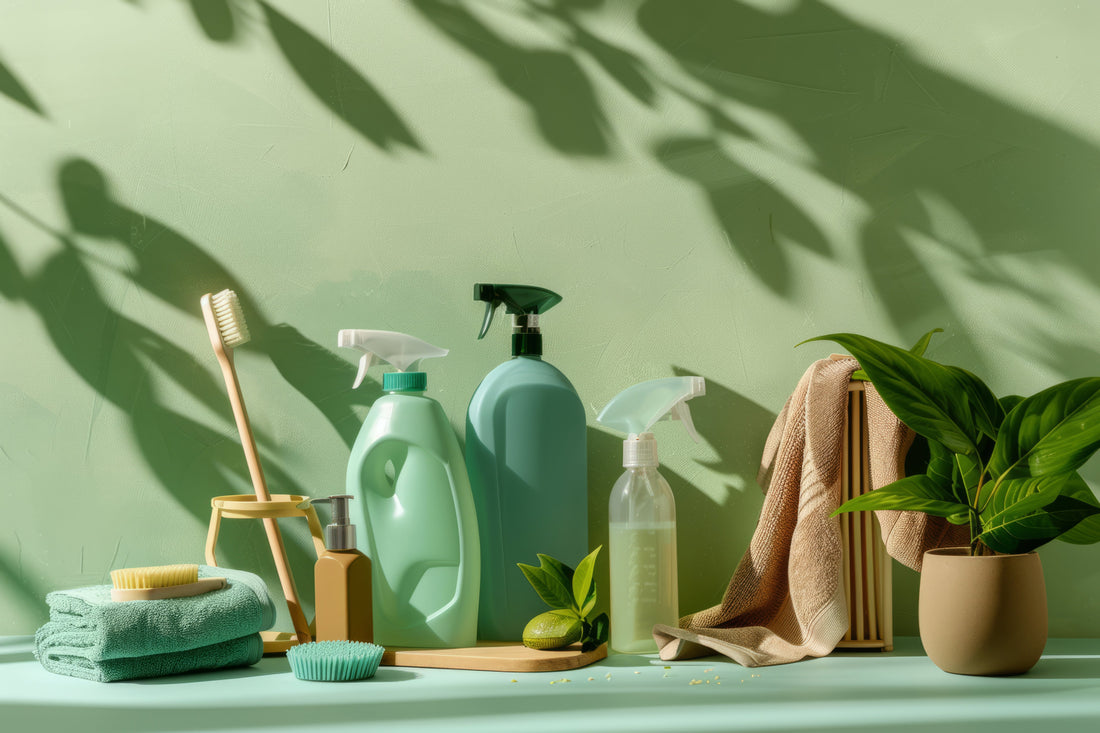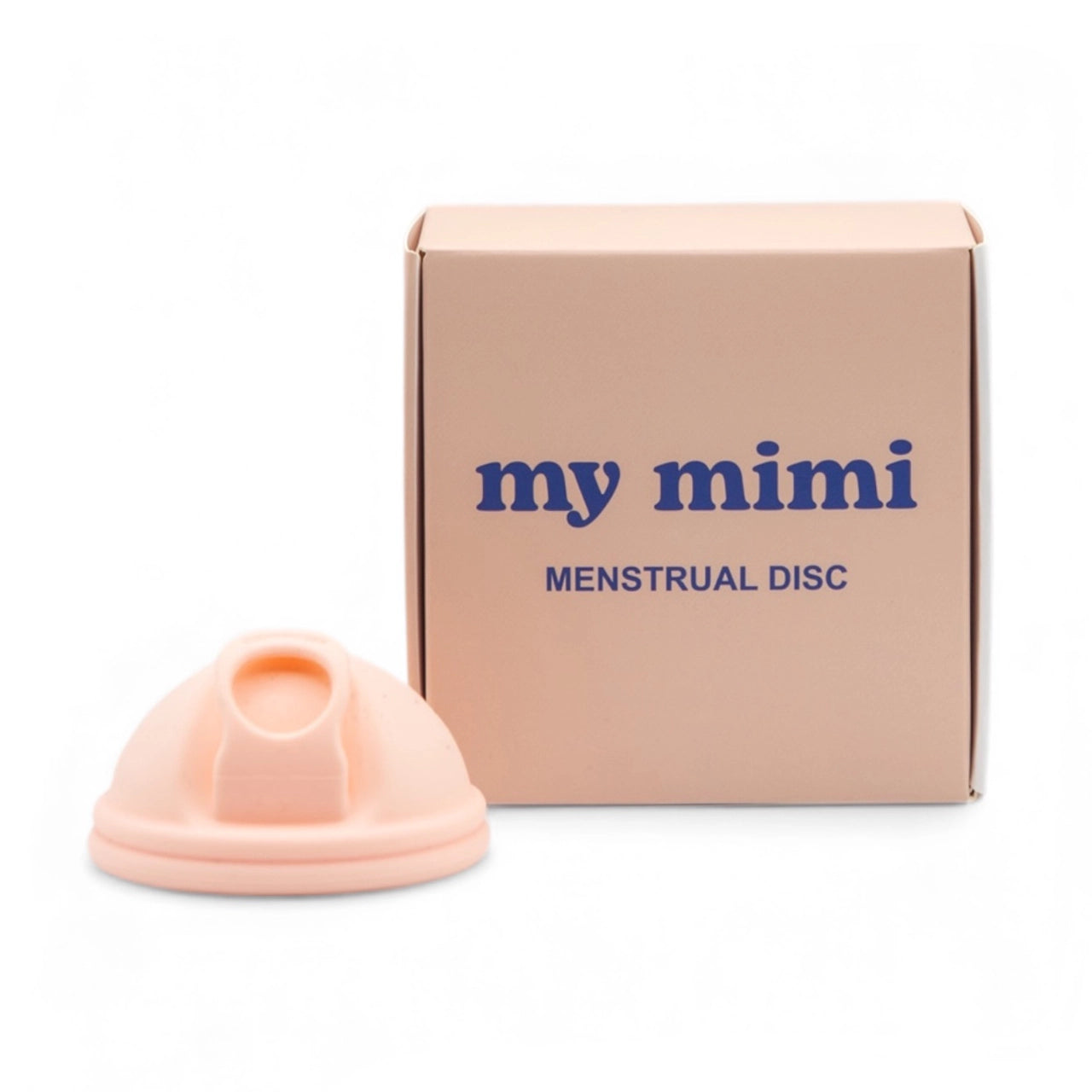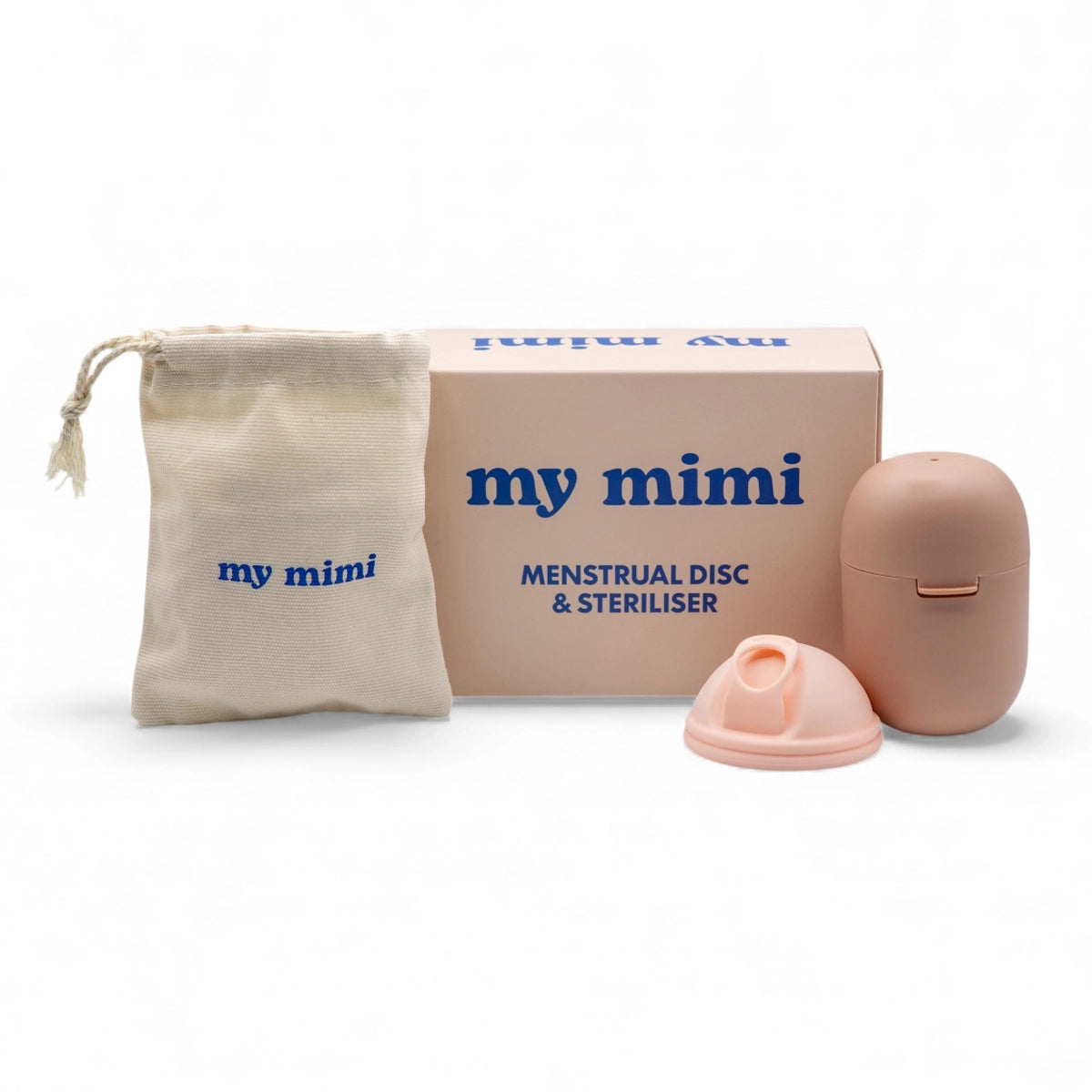In our fast-paced, consumer-driven world, convenience often comes at a cost—especially for our planet. Take a moment to consider your period care routine. For many of us, it involves the regular use of tampons or pads. While these products undoubtedly provide comfort and convenience during menstruation, their environmental impact is cause for concern.
Let’s start with the numbers. In Australia alone, it's estimated that over 700 million menstrual products end up in landfills each year. Yes, you read that right—700 million! These products take centuries to decompose, contributing to the ever-growing problem of waste accumulation. Not to mention, the manufacturing process for these disposable items involves the extraction of raw materials and the use of energy, further exacerbating their environmental footprint.
Tampons and pads are primarily made from a combination of plastics, cotton, and other synthetic materials. What many people don't realise is the staggering amount of waste they generate. According to estimates, the average person who menstruates will use approximately 11,000 tampons or pads in their lifetime. Now, multiply that by the billions of menstruating individuals worldwide, and you start to grasp the enormity of the issue.
A single tampon or pad may seem insignificant on its own, but when you consider the sheer volume of these products being used globally, the numbers are alarming. Tampons and pads are typically disposed of after just a few hours of use, contributing to the mountains of waste that end up in landfills or incinerators each year.

In addition to the products themselves, there's also the packaging to consider. Tampons and pads are often individually wrapped in plastic or packaged in cardboard boxes, adding even more waste to the equation. And let's not forget about the environmental impact of the production process, which involves the extraction of raw materials, energy consumption, and transportation.
But it's not just the quantity of waste that's concerning—it's also the longevity. Tampons and pads can take centuries to decompose, releasing harmful chemicals and greenhouse gases into the atmosphere as they break down. This not only contributes to pollution but also exacerbates the ongoing climate crisis.

Thankfully, awareness of these issues is growing, and more people are seeking out eco-friendly alternatives to traditional period products. Menstrual cups, reusable cloth pads, and menstrual discs are gaining popularity as sustainable options that reduce waste and minimise environmental harm.
As consumers, we have the power to make a difference. By making informed choices about the products we use and supporting brands that prioritise sustainability, we can help mitigate the environmental impact of period care. Together, we can work towards a future where menstruation is not only comfortable and convenient but also sustainable for our planet.
So, the next time you reach for a tampon or pad, take a moment to consider the environmental toll of your choice. And remember, small changes can add up to make a big difference in the fight against waste and pollution.
Let's make every period a little greener.

















